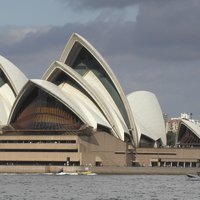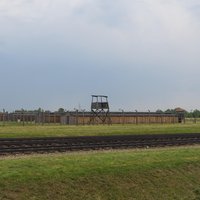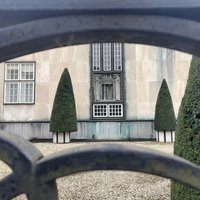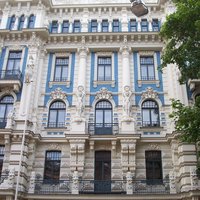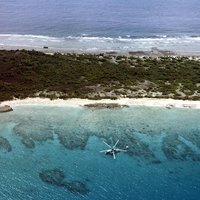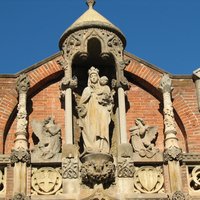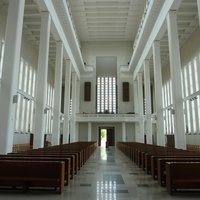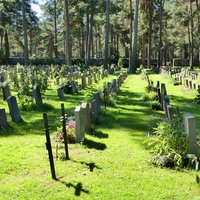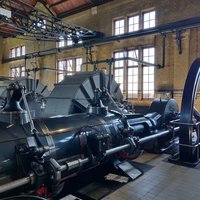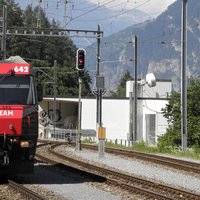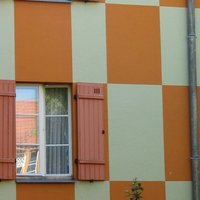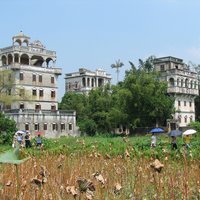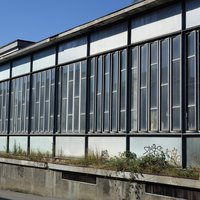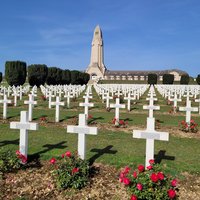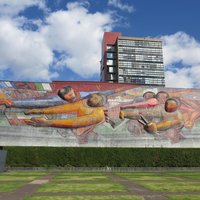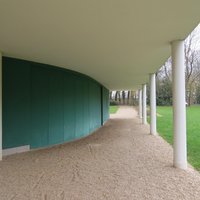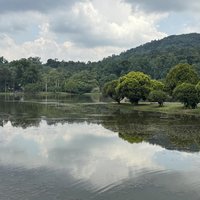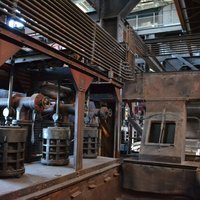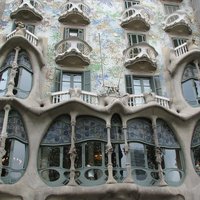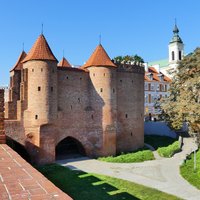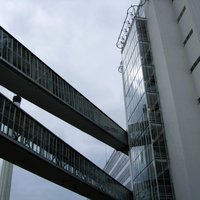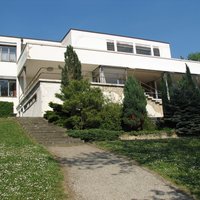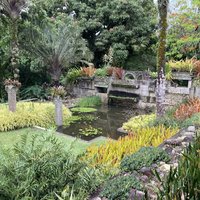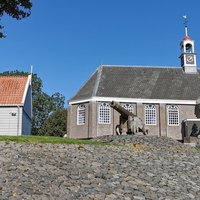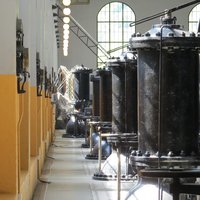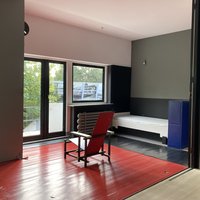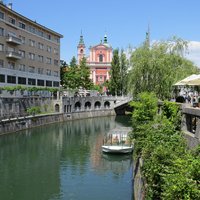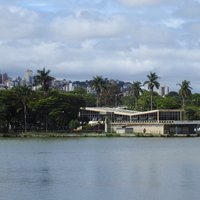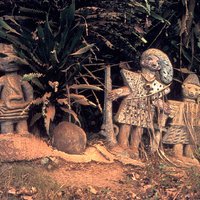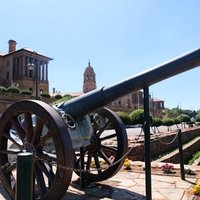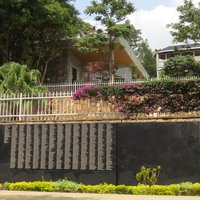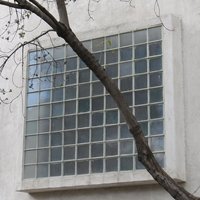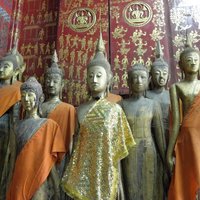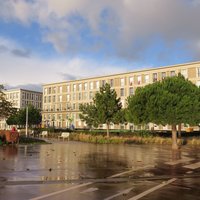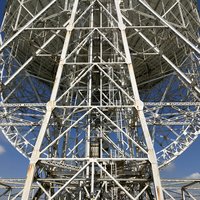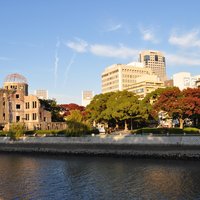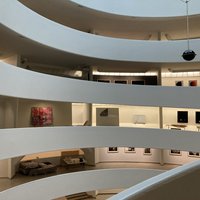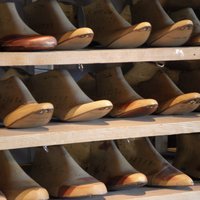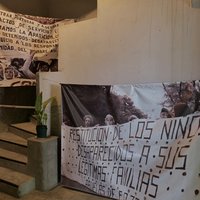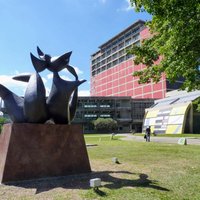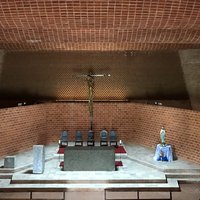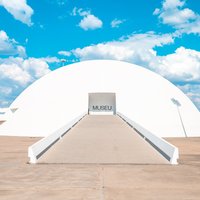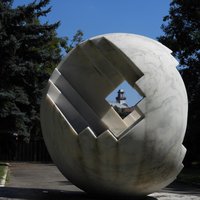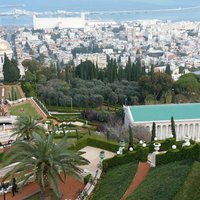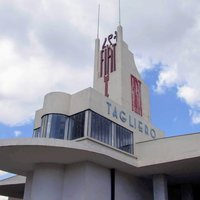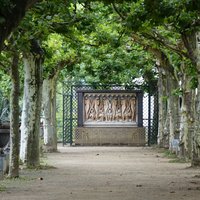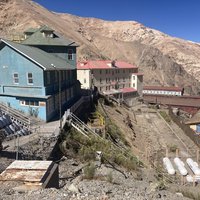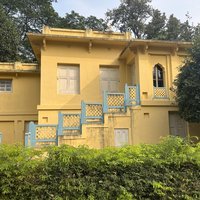Connected Sites
-
Opened in 1973.
-
The Centennial Exhibition opened in May 1913 (AB ev)
-
Auschwitz I was first constructed to hold Polish political prisoners, who began to arrive in May 1940. (wiki)
-
1905-1911
-
A significant part of the inscribed area consists of buildings constructed in the Latvian Art Nouveau style from 1905
-
Nuclear test site from 1946 to 1958
-
These two monuments are masterpieces of the imaginative and exuberant Art Nouveau that flowered in early 20th century. (AB ev)
-
Focuses on "Architecture of Optimism, 1919-1939"
-
Work began in 1917 and the formal consecration of the Woodland Cemetery and its first chapel, the Woodland Chapel (designed by Asplund), took place in 1920. (AB ev)
-
Open since 7 October 1920
-
1908-10
-
Earliest is Tuschkastensiedlung Falkenberg, 1913-16
-
Started in 1927 and completed in 1938 (AB ev)
-
Between 1967 and 1975.
-
mainly constructed in the 1920s and 1930s (AB ev)
-
Mostly 1930s
-
The transmitter was constructed between 1922 and 1924
-
"The reburial in individual graves within regrouped cemeteries took place in the early 1920s. ... In the following years, between the 1920s and 1930s, memorials and monuments were erected" (AB ev)
-
Completed in 1954.
-
In 1919 the Schools of Art and of Applied Arts of the Grand Duchy of Saxony were combined to form the State Bauhaus of Weimar. The building of the former had been constructed in two phases, in 1904 and 1911 (AB ev)
-
The Architectural Work of Le Corbusier
Argentina, Belgium, France, Germany, India, Japan, SwitzerlandInscribed: 2016387291923-1965 -
Ville Nouvelle was started in 1912, and that gave the city its unique plan (combined with historic quarters)
-
most of building complex and the forest are built in 20th Century
-
between 1973 and 1979
-
In 1927 two young architects, Martin Kremmer and Fritz Schupp, began work on designing the new central shaft site XII on the principle of "form follows function".
-
Parque Guell 1900-1914 Casa Mila 1906-1910 Nativity facade of Sagrada Familia 1886-2026 (?) Casa Balto 1905-1907 Crypt of Colonila Guell (1898-1916)
-
based on the urban master plan by Sir Patrick Geddes (1925-27) (AB ev)
-
Its OUV lies in the reconstruction techniques and effort, that happened after 1945
-
1920's
-
the villa was completed by the end of 1930 (AB ev)
-
The 1949 purchase was the first of three acquisitions of land that now forms the nominated property (AB ev)
-
Located in the agricultural landscape of the Noordoostpolder, which was created in 1942
-
Three of the pioneering power plant buildings (Vemork, Såheim and Tinfos II) constructed between 1905 and 1940 are intact and still in use. (AB ev)
-
Built in 1924 (AB ev)
-
The nominated property consists of a series of public spaces .. and public institutions .. that Plečnik designed throughout the city in the period between the two World Wars. (AB ev)
-
From 1940 on
-
Although the cultural significance of the Grove dates back to Yoruba mythological periods what is "on show" is largely a 20th century manifestation. "Susanne Wenger, with the support of the Ataoja, formed a group with native traditional artists who started to erect decorated walls, giant sculptures and buildings around the shrines and remains of the palaces. ... "resulting in more than 40 powerful sculptures (or ensemble of sculptures) and sculptural architectures. The 'New Sacred Art' and the artists attached to that movement which started in the 1950's are today internationally recognized..." "This work that has been developed over the past 50 years in the grove is not only a masterpiece of modern art (Modern Sacred Art) but also an authentic illustration of the myths attached to the grove, and, more simply, has saved it from vanishing." (Nom File)
-
"associated with a number of events in the 20th century that collectively can be seen to reflect elements of the story of the struggle for liberation from racial segregation in South Africa." (AB ev)
-
the Kigali Genocide Memorial was built in 1999 (AB ev)
-
The house in number 14 was built in 1948. (AB ev)
-
Due to its OUV "in the years between 1915 and 1925 a new concept, that of urbanizatlon, was Introduced" (AB ev), though there are older temples and stupas
-
In summer 1944, with a group architect colleagues Auguste Perret (1874-1954), then 70 years old, took the lead in the project of reconstruction of the town. (AB ev)
-
From 1945 on
-
After atomic bomb of 6 August 1945
-
From 1906 on
-
1911
-
"During the civil-military dictatorship (1976-1983), the Officers' Quarters building at ESMA ... was the Argentine Navy’s principal secret detention centre" (AB ev)
-
1960s.
-
inaugurated in 1960
-
Inaugurated in 1960.
-
From 1937 onward
-
Precise location for tomb determined in 1891... "The remains of the Báb were buried on March 21, 1909 in a six-room mausoleum made of local stone. In a separate room, the remains of `Abdu'l-Bahá were buried in November 1921. In 1929 three rooms were added to the mausoleum, and in 1949 the first threshold stone of the superstructure was laid by Shoghi Effendi. The construction was completed over the mausoleum in 1953" (Wiki)
-
emerged from the successive planning phases from 1893 until 1941 (first plan 1908)
-
For the international exhibitions in 1901, 1904, 1908 and 1914
-
1904
-
"In 1901, Rabindranath Tagore began its transformation to a residential school and centre for art" (AB ev)

